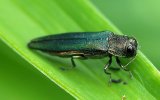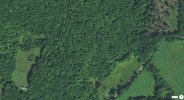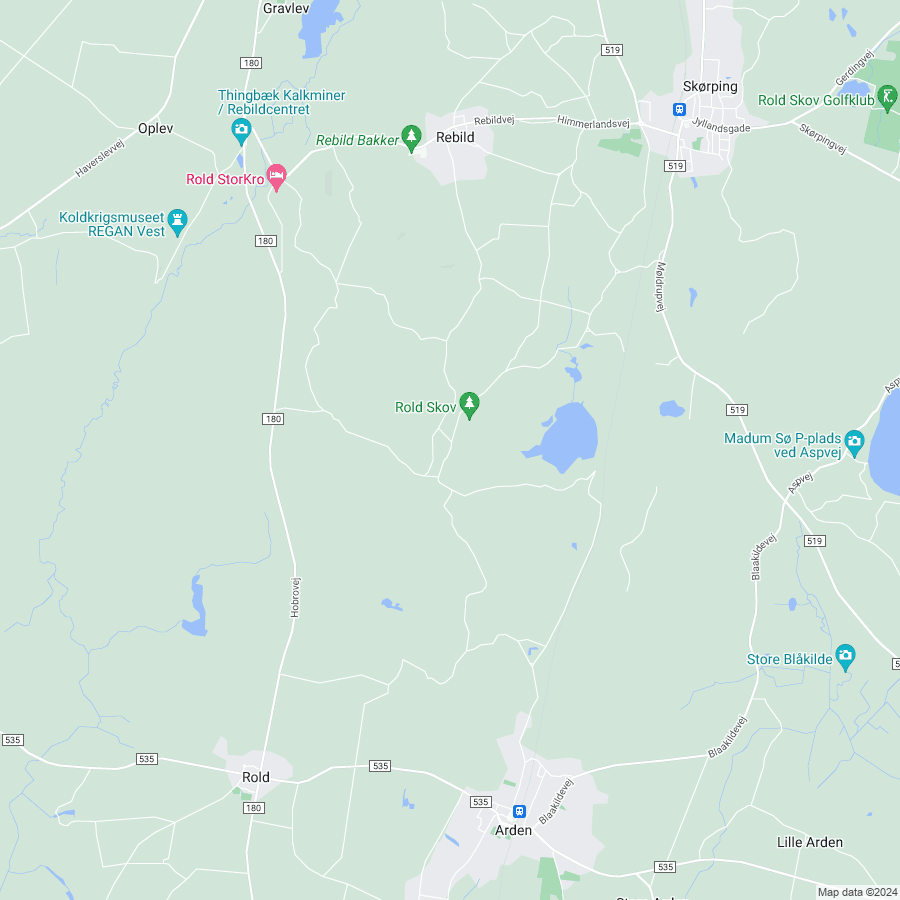It's a world-wide problem

We've got the Wooly Adelgid killing our Hemlock trees here- another non-native issue like Dutch Elm disease. And if you want to see an old virgin forest you've got to go waaaaay up in the hills, far past where logging could reach economically. Most of the forests in the lower part of my State have been harvested and replanted so many times that the eco-system has changed to work around it. Old deciduous trees are mostly found in developed areas where they were left in place, and a lot of those are very old and dying now, with it too late to replace them with thew same species unless you want to wait a hundred years to see it become the same again

And don't get me started on the Scourge of the South known as Kudza which is going to take over everything here eventually

Most of the low-State here is pine forest, and only by the coast is it the same species as nature intended. The rest is a fast-growing species meant for lumber harvesting and that kind of wood is crap for building purposes being weak, tending to warp, and full of large knots. They harvest most of them when they reach 8" to 10" diameter (20 cm- 25 cm) so not only is the board size restricted, there's a lot of waste. Those pines grow so fast that nothing can grow underneath them due to being unable to catch enough sunlight

And of course that affects what kinds of animals can survive here too.
For decades I've had to live with knowing that my business of building means that the developer is going to just go in and bulldoze everything due to costs being cheaper, then replant 'designer' trees that don't belong here. The Leland Cypress has become popular with most folks not knowing of it's ~40 year lifespan; they're in for a big surprise when their 'privacy screen' of trees all dies at about the same time leaving their 'beautiful' property naked

The same goes for shrubbery; people don't want to wait for the classic beauty of Azaleas and Hydrangeas nor do they want to tend to them.
Nature takes her time because she knows what's best and we're supposed to learn and understand the value of patience in how plant life grows. We're supposed to use, not abuse nature and above all we should not be attempting to change it, but live with it instead

Phil



www.google.dk



already back then we have wiped out the forests that used to cover Denmark.


